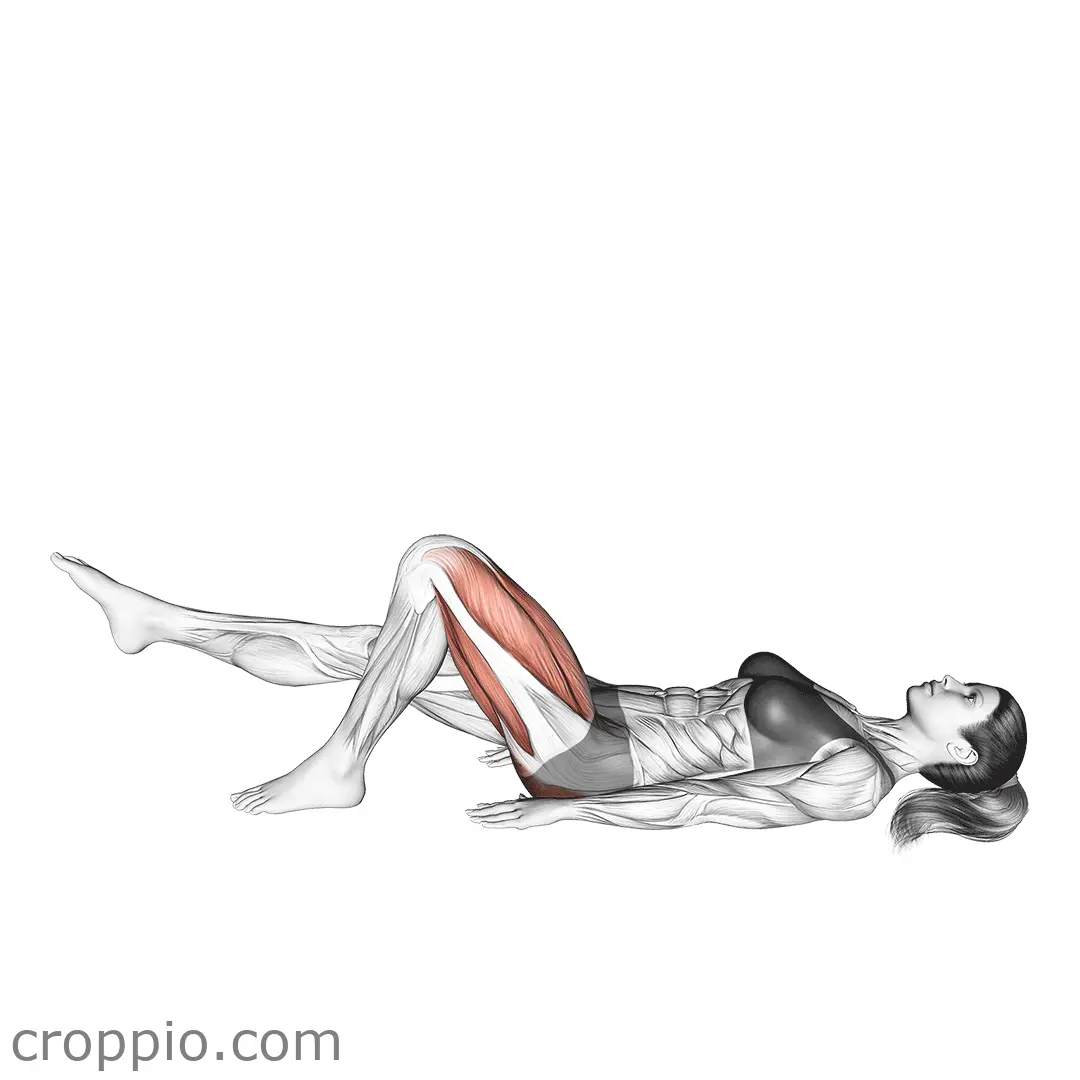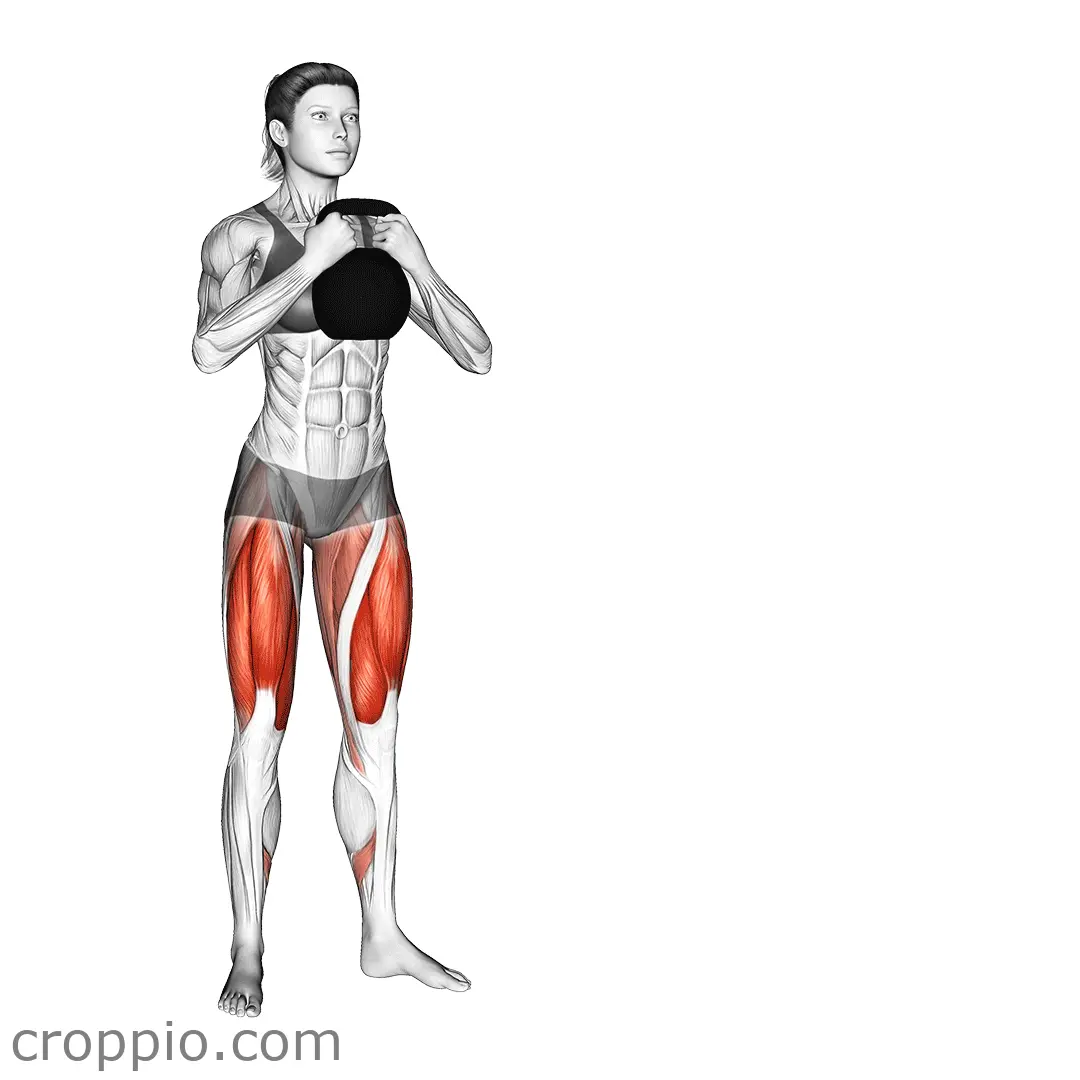Bodyweight Walking Lunge Movement

Muscles Involved
The bodyweight walking lunge movement primarily targets the quadriceps, glutes, and hamstrings, making it a highly effective lower body exercise. As you step forward into each lunge, your quadriceps engage to extend the knee, while your glutes and hamstrings activate to stabilize and assist hip movement. Additionally, the calves work to maintain balance during the lunge, while the core muscles, including the abdominals and obliques, engage to provide stability and maintain an upright posture throughout the movement.
Top Mistakes
- Leaning Forward: A common error is leaning excessively forward, which places undue stress on the knees and reduces the efficacy of the exercise.
- Knee Over Toes: Allowing the front knee to extend beyond the toes can lead to injury. It’s crucial to keep the knee aligned with the ankle.
- Short Steps: Taking short steps can limit the movement's effectiveness. Aim for a stride that encourages a full range of motion.
- Poor Posture: Slouching or having rounded shoulders undermines the exercise’s effectiveness and can lead to back pain.
Execution Tips
- Stand Tall: Begin from a standing position, feet hip-width apart, ensuring your posture is upright with shoulders back and chest out.
- Step Forward: As you step forward, lower your hips until both knees are bent at approximately 90 degrees. Your back knee should hover just above the floor.
- Knees and Ankle Alignment: Keep the front knee over the ankle, avoiding any forward extension beyond the toes.
- Push Back to Stand: Push from the front heel back to the starting position smoothly, engaging your glutes and maintaining balance.
- Maintain Core Engagement: Keep your core tight throughout the movement to stabilize your body and protect your lower back.
Workouts
The bodyweight walking lunge can be seamlessly integrated into various workout routines. For beginners, aim for 2-3 sets of 8-12 repetitions per leg, allowing rest between sets to maintain form. As you progress, increase the intensity by adding more sets or performing the lunges in a circuit with complementary exercises such as squats, glute bridges, or plank variations. Additionally, consider adding light dumbbells or resistance bands to elevate the challenge as you become more comfortable with the movement.
Conclusion
The bodyweight walking lunge movement is a fantastic exercise that strengthens the lower body while improving balance and stability. By engaging multiple muscle groups, it not only develops functional strength but also enhances coordination and flexibility. Incorporating this versatile exercise into your regular workout routine can lead to significant improvements in overall fitness and athletic performance.



